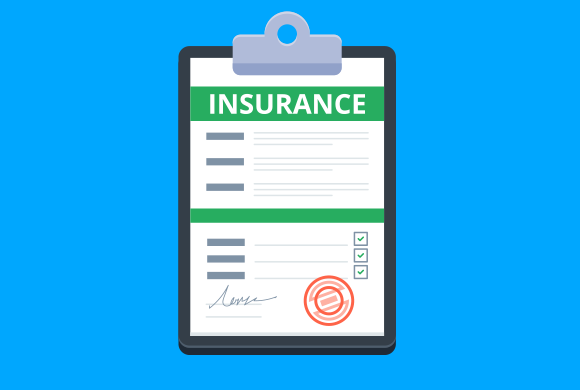Fill Below Form
Call me Back!
Please Enter Your Name
Please Enter Valid Telephone No
Please Enter Your Email


Bikes are an extremely affordable and convenient means of transportation. They are usually cheaper than cars and help zip through traffic with ease. As a result of their utility, bikes that have been maintained well usually have a high resale value. Now, you are probably aware that you need to transfer your bike’s registration papers to its new owner after the sale has been completed. However, were you also aware that you need to transfer bike insurance too? Let’s learn a bit more about two-wheeler insurance transfer.
The road can be an unpredictable place, and accidents can happen to anyone. If the second-hand two-wheeler insurance papers are not transferred to the new owner, they will be unable to make claims for any unforeseen incident they face with the new vehicle. In that case, they would be liable to pay for damages on their own. If a third party is involved in the incident, the financial burden could be too heavy to bear. Therefore, transferring bike insurance truly benefits the new owner of your vehicle.
Furthermore, the benefits of transferring bike insurance extend to the former owner of the vehicle as well. The previous owner is freed from any liability of paying for accidents that might occur with the sold two-wheeler in the future. They also get to carry over their no-claim bonus (NCB) with an NCB certificate that gets issued upon completing the transfer.
If you are wondering how to transfer bike insurance, rest assured that the process is simple. The transfer of insurance should ideally be initiated by the buyer, though the seller may also take things forward at their end.
Before starting the transfer process, call up the insurance provider and ask them for a complete list of the documents required. The paperwork will generally include the bike’s RC under the new owner’s name, forms 29 and 30, buyer and seller KYC information, and the old policy. A fee is also charged for the process of transfer
Let’s quickly break down the bike insurance transfer process into a few easy steps.
Step 1: Call up the insurance provider and ask them for a complete list of documents needed for transfer of insurance
Step 2: Fill up the necessary forms for transfer of insurance and check if the insurer needs to inspect the vehicle
Step 3: Pay the required fees for the process
Step 4: Receive the new bike insurance papers in your name
How soon should I initiate the process of bike insurance transfer?
It is advisable to start the process as soon as the RC has been transferred to the new owner’s name. Ideally, initiate the process within 14 days of RC transfer.
Can I transfer bike insurance online?
Forms 29 and 30 can be downloaded from the RTO’s website; however, the bike insurance transfer process might require a physical inspection of your vehicle. It is advisable to discuss this with the insurance company.
Disclaimer: For more details on risk factors, terms & conditions please read sales brochure carefully before concluding a sale. *The discount amount will vary subject to vehicle specification and place of registration.
Liberty Mutual Insurance Group Announces
New Joint Venture Partnership for Indian
Company
Chances are that you are among a large number of people who forget to renew their vehicle insurance ....
Registration Number: 150 | ARN:Advt/2018/March/26 | CIN: U66000MH2010PLC209656
2019 Liberty General Insurance Ltd.
Reg Office: 10th floor, Tower A, Peninsula Business Park, Ganpat Rao Kadam Marg, Lower Parel, Mumbai - 400013
Trade Logo displayed above belongs to Liberty Mutual and used by the Liberty General Insurance Limited under license. For more details on risk factors, terms & conditions please read sales brochure carefully before concluding a sale.